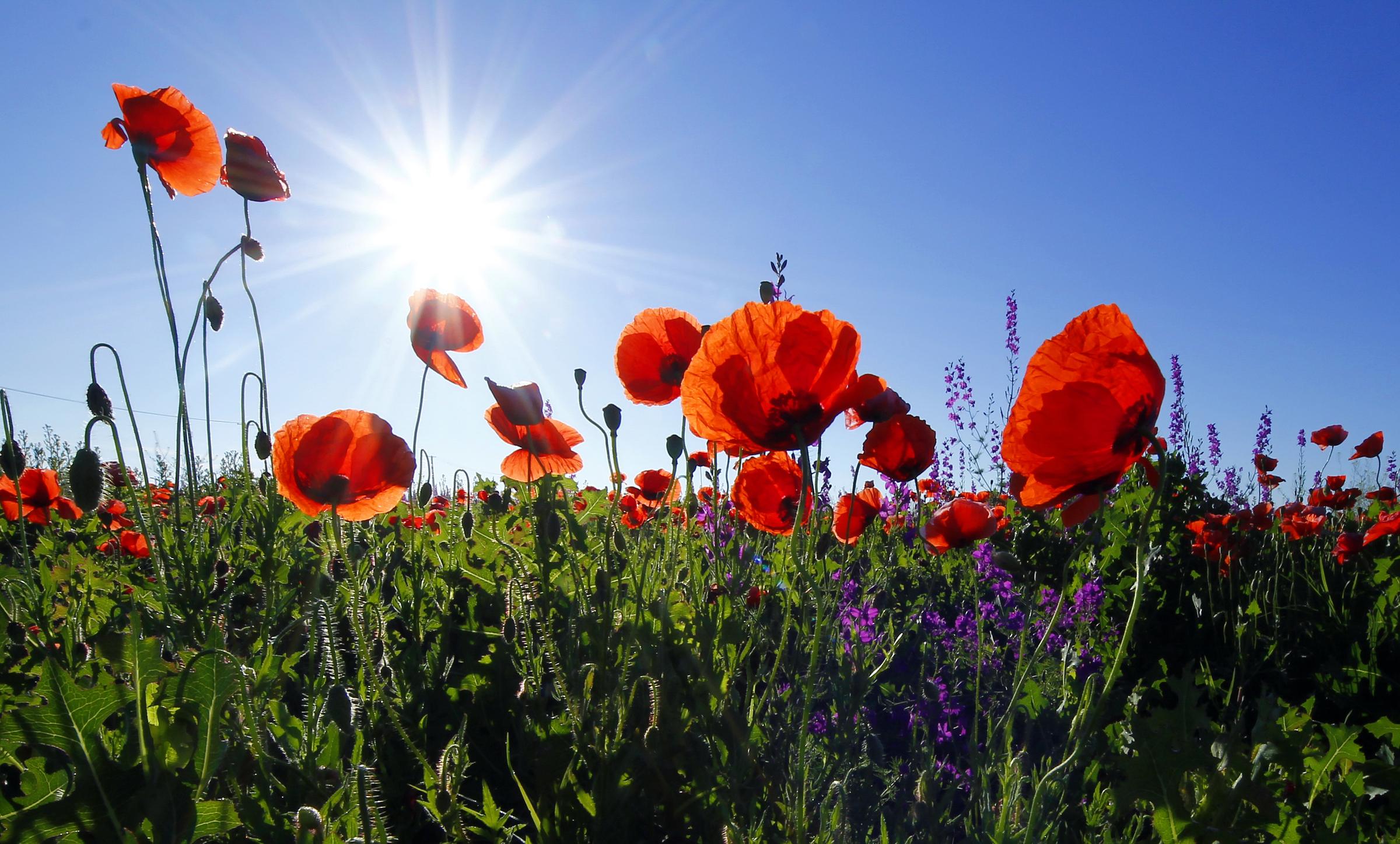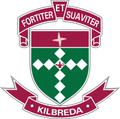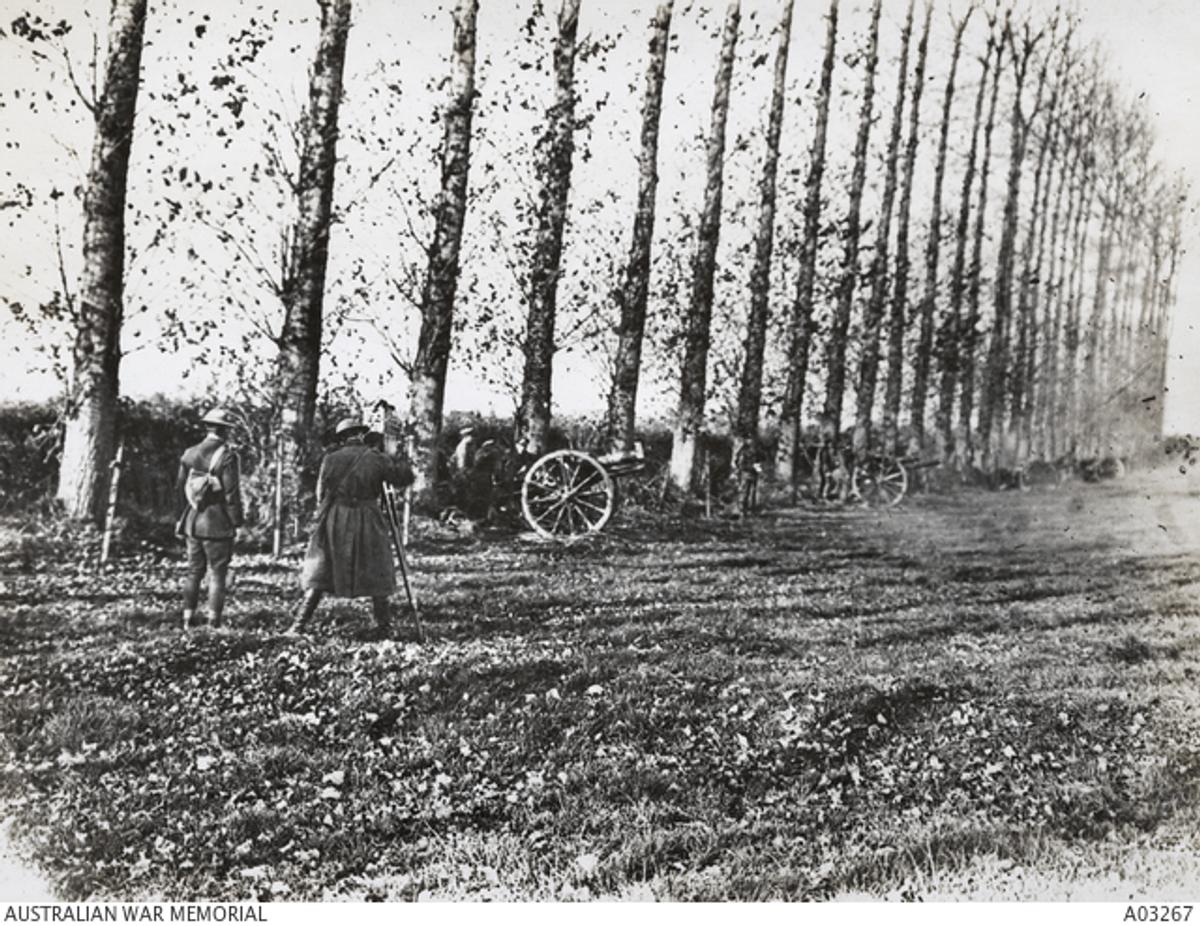Humanities

Remembrance Day 2021
As we commemorate Remembrance Day this year, we have been reflecting on its place in Australian history, particularly with the Year 9 History students who are studying the First World War. They study the war through many lenses Indigenous experience, the role played by women and the enormous loss of life. 103 years after the guns fell silent on the Western Front on November 11, 1918, it is important to consider why we commemorate this day. Closer to home at the College, it is also an opportunity to remember those soldiers from Mentone who gave their lives in the war.
‘History is never simply a story of the past; it is also a shaping of the future.’
Bill Gammage
The Broken Years: Australian
soldiers in the Great War
This book was the prescribed reading in my first year studying Arts at the University of Melbourne, as was attending the annual Remembrance Day lecture given by Lloyd Robson. His address was legendary and saw students from every faculty cramming into any available space in the lecture hall, to bear witness to the memory of those who gave their lives in that war to end all wars. It certainly wasn’t as popular in the early 1980’s to commemorate Remembrance Day as we do today but for those university students that day clearly brought home to us the reasons why we do remember. Listening to Robson reading from soldier’s letters home, young men and women were no longer ancient ghosts glorified by an ageing Australian population; many were the same age as the students crammed into the building around me. That lecture gave us a new sense of the gift they had given us and their place in the history of the building of this nation.
Some years later, on the 75th anniversary of the armistice in 1993, Remembrance Day ceremonies again became the focus of national attention. The remains of an unknown Australian soldier, exhumed from a First World War military cemetery in France, were ceremonially entombed in the Australian War Memorial's Hall of Memory, coinciding with the traditional two minutes' silence. This ceremony, which touched a chord across the Australian nation, re-established Remembrance Day as a significant day of commemoration.
Since World War I, Australians have been called on many times to serve in wars, conflicts, and peacekeeping and humanitarian operations. Almost two million men and women have worn with pride the uniforms of the Royal Australian Navy, Australian Army and Royal Australian Air Force. Tragically, over 102,000 names are listed on the Roll of Honour at the Australian War Memorial as members of the Australian armed forces who died during or shortly afterwards (as a result of war service).
Below is some information about the young men from around the Mentone area, whose names are on the gates into the park on Mentone Parade, commemorating their deaths in World War One.
Urban Brown was the youngest soldier from Mentone to serve overseas. He enlisted with the approval of his parents, giving his age as 18. However, 9 months later, a doctor in England noted that his patient was only ‘16 years old at his last birthday’ and was a ‘very young delicate looking boy’. Urban was sent home and discharged from the army. However, he was not to be deterred, and re-enlisted nine months later. He left Melbourne in November 1917, fighting on the Somme with the 19/24th Battalion. In March 1918, he was admitted to hospital, suffering from trench fever. Returned to the trenches, he was again wounded and finally killed in March 1918 by a machine gun bullet and died at the Main Dressing Station of the 5th Australian Field Ambulance and was buried in the military cemetery at Templeux-la-Guerard.
A tentmaker by trade, John Morse was still young enough to need his parents’ permission to go to war. When he enlisted, John Morse wrote his address as the Mentone Post Office. Only 18, he joined the 13th Light Horse Regiment and was sent overseas. Transferring to the Field Artillery, he became a gunner and served in France and Belgium. The Red Cross Wounded and Missing report provides conflicting reports from a number of witnesses. Most agree that he was killed by a shell which exploded near his dugout in October 1917. He was buried in Lijssinjthoek Military Cemetery in Belgium.
One of three brothers to enlist from the Penny household in Florence Street Mentone, William was 23 years old when he enlisted in 1916. His brothers were listed as also 23 years and 19 years old when they joined up earlier in 1915. William, known as ‘Bill’, was killed by a shell exploding near his trench. Red Cross Wounded and Missing Report states that he was killed on the 23rd of September 1917 in the support trenches at Passchendaele Ridge. His brothers made it home.
Hector Tause also joined up shortly after war was declared. He lived with his parents in Como Parade in Mentone. Hector wrote sporting stories for the ‘Herald’. He was in the same Battalion as the Janssen brothers and travelled on the ‘Orvieto’ to Egypt. After many months of training, he was killed at the landing on Gallipoli. His parents organised for a beautiful stained-glass window to be installed in St Augustine’s Church in Mentone as a memorial to their son.
Here are the names of all the young men on those gates.
- Anderson, Albert Richard Grant
- Bird, Fred
- Brown, Urban Henry
- Caulfield, William Stanley
- Fox, G
- Gladstone, Ernest
- Heyward, G
- Janssen, Carl Wilhelm
- Janssen, Ernek Valdemar
- Judd, Cyril Egbert (Bert)
- Malcolm, Sydney Arthur
- Morse, John William
- O’Mara, G
- Penny, W
- Sanders, Clarence Arthur
- Simpson, S. H
- Smith, Alexander John Ross
- Stephens, W
- Sullivan, W M
- Tause, Hector Algie
- Topping, Lynton Robert
- West, C.C
- Wilson, Arthur Sydney
In 1918, Australia made a promise never to forget the service and sacrifice of 416,000 Australians who enlisted and over 60,000 who died. For over 100 years, we have kept this promise.
We remember them still.
Image: An unidentified cinematographer capturing the last shots to be fired before the armistice on 11 November 1918. Note the line of bare trees under which the guns are placed.
They shall have stars at elbow and foot; Though they go mad they shall be sane, Though they sink through the sea they shall rise again; Though lovers be lost love shall not; And death shall have no dominion.
Dylan Thomas And Death Shall Have No Dominion
Carolyn Callaghan
Learning Leader:
Humanities


